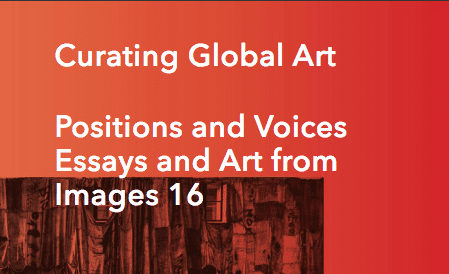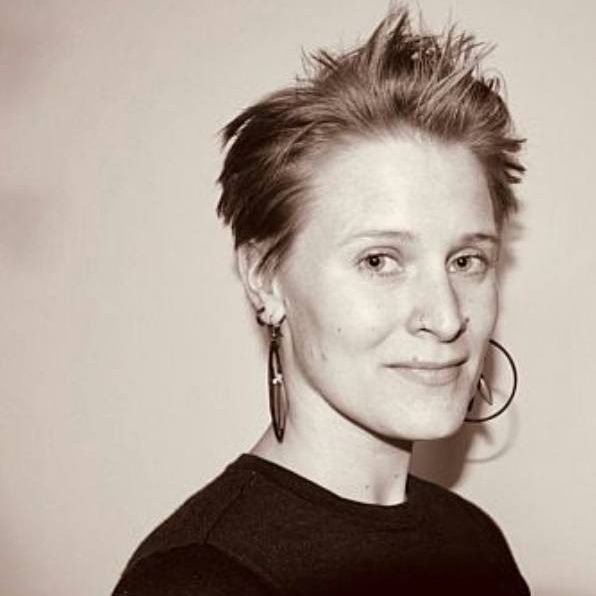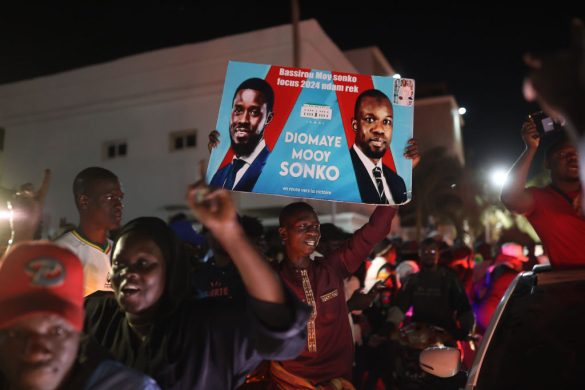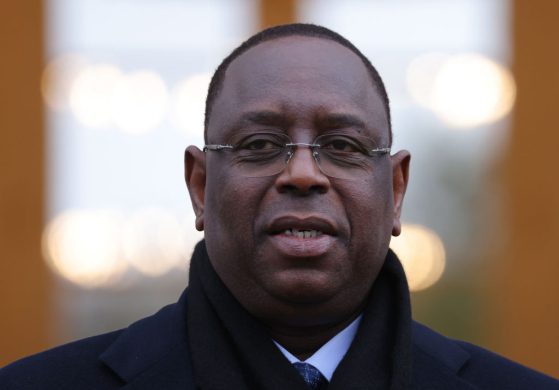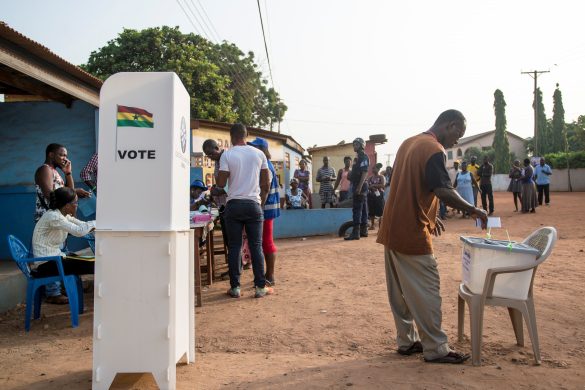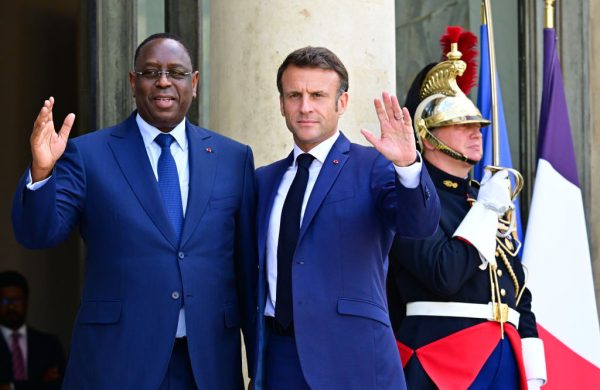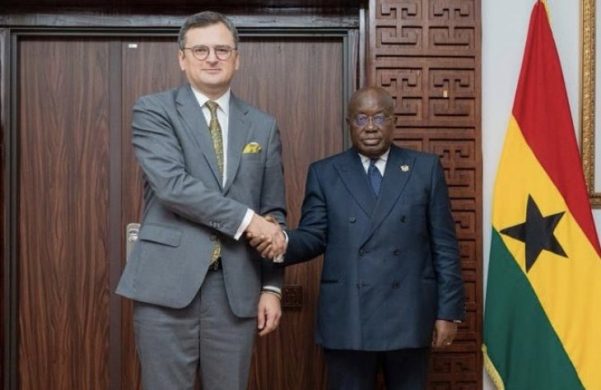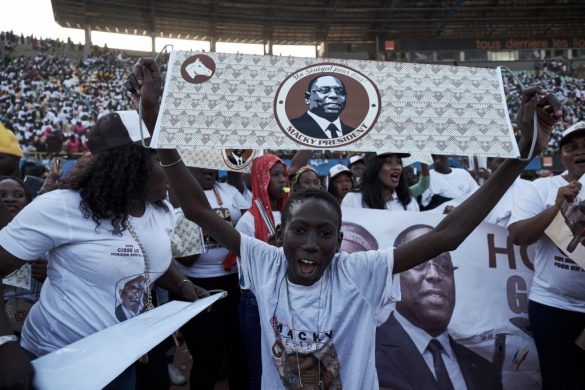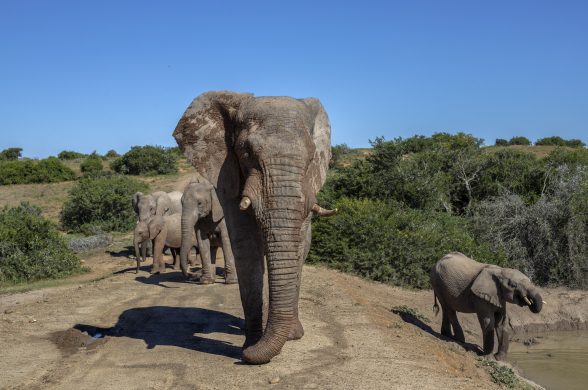At the twilight of the 1990s, after the collapse of the Berlin Wall, we were predicted a better world. A world without an Iron Curtain marching towards more tolerance in which all human beings and all cultures will be equal. Throughout an autopsy of post-colonialism and Cold War, concepts and discourses were seeking new ways to apprehend the world: a large therapy that was meant to heal our wounds and save our souls. At the approach of the new millennium, some quixotic minds were even expecting a worldwide redemption.
The wave of hope and euphoria reached all the continents. Developing countries were at last expecting an acknowledgement of their cultural and social values. To consider those who did not benefit from History's vicissitudes, the social and the cultural became key elements to shape the politics of inclusion and development. From the famous song We are the World to political and commercial slogans such as Rainbow Nation and United Colors of Benetton, decision-makers were stating that multiculturalism and diversity were extraordinary opportunities to happily live together ever after. Fraternity, solidarity and respect became the motto of Culture & Development European agencies.
Always on the watch and often avant-garde, the art world took a close look at the political and social consequences of a changing world. In different parts of the globe, the post-colonial context, democracy, territories, hybridism, diversity and globalization found their way in the midst of exhibitions and theories about contemporary art.
At the turn of the millennium, a new generation of art professionals redefined curatorial concepts, conscious of a new global role to play. Their essays and exhibitions reflected their cross-cultural identities, their mobility and their sense of freedom to deal with far-away cultures. Like modern explorers investigating new lands, they looked beyond traditional western borders, driving out new artistic platforms and artists around the world. And perhaps, while referring to their projects, pop singer Lou Bega can rewrite his famous 1999 hit Mambo N°5 [1] and whisper:
A little bit of Europe in my life
A little bit of Australia by my side
A little bit of USA is all I need
A little bit of Latin America is what I see
A little bit of Asia in the sun
A little bit of Arabia all night long
A little bit of Africa here I am
Little bits of the world make me its man.
The proliferation of biennials in non-western countries and the increase of truly international exhibitions heckling the world with global issues have slightly re-balanced the prevalence of the North on the South, thus questioning a western artistic monopoly.
A new generation of curators probing foreign cultures generated different concepts and practices, thus implementing new landmarks in exhibition making. We can now acknowledge that we have a plurality of options in a global world. A new art world cartography was born.
Africa is not a country
The inclusion of African artists in these biennials and international exhibitions induced a new insight into their work. Taking for granted that in a global context people around the world have more in common than one might think, curators finally started analyzing contemporary art from Africa without at last focusing on or emphasizing specific ethnic and cultural identities, as well as on contexts related to civil wars, pandemics or starvation. They were simply showing and writing about artists who happened to be Africans.
But because non-Africans have produced the majority of the projects outside of the continent, many in Africa felt that little had change since the golden age of ethnography when African cultures were analyzed and defined abroad.
In Dakar, during the 2004 biennial, when Swiss curator Hans Ulrich Obrist – with a great dose of provocation and irony – publicly asked who had the right to talk about contemporary African art, he received a loud response thrashing with testosterone. I think African intellectuals and artists are still on the way to recovery by having been culturally defined through a western lens with western references over a century.
The appropriate reaction or answer to Obrist's falsely naïve question would have been to ask him back: can one talk about an artwork while ignoring or misunderstanding the social, cultural and political context that witnessed its birth?
No, Africa is not a country, it's a continent with fifty-four countries. Yes it's a very big and truly diverse continent. No, African artists do not have to behave like social workers just because they come from developing countries. I have no idea how to define contemporary African art and by the way please define contemporary European art for me.
When it comes to Africa, why do we, as Africans, have to keep on endlessly stating the obvious and politely say: No, Africa is not a country, it's a continent with fifty-four countries. Yes it's a very big and truly diverse continent. No, African artists do not have to behave like social workers just because they come from developing countries. I have no idea how to define contemporary African art and by the way please define contemporary European art for me.
Uddraget er bragt efter aftale med CKU.
Hent, og læs ‘Curating Global Art’.

